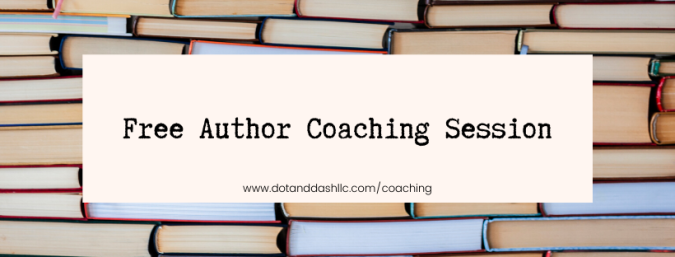
In casual usage, people interchange may and might. However, there is a slight difference that is useful to know.
May means something is more likely to happen.
Might means something is less likely to happen.
Examples:
There may be food at the party.
There might be someone dressed in a killer whale costume at the party.
What’s a party without food? It’s very likely there would at least be hors d’oeuvres there; that’s why we use may. But, I know I have never been to a party where someone was dressed as a killer whale. It’s safe to say you’d be less likely to encounter that (unless you were going to a killer whale costume party), which is why we use might.
Think of degrees of likelihood. The closer the situation is to “will happen,” use may. The closer it is to “won’t happen,” use might.
Note that this does not apply to past tense. The past tense of may is might. Why? Because English loves to be confusing! So, if you are writing or speaking in the past tense, always use might.

Claim your free author coaching session here: https://www.dotanddashllc.com/coaching
Quiz:
Choose may or might for each sentence.
1) I’m feeling lucky today. I _____ win the big jackpot.
2) I _____ eat a cookie today, just as I do every day.
3) There _____ be a huge asteroid careening toward Earth that will land on my front lawn.
4) Eight hundred higher-qualified candidates applied for the job, but Clyde _____ get the position.
5) Clyde is the only person who applied for the job. He _____ just get it!
Answers:
1) might 2) may 3) might 4) might 5) may
Erin Servais is the founder of Dot and Dash, LLC, an author-services company focusing on women writers and offering a range of editing, coaching, and social media packages.
Sign up for the Dot and Dash newsletter to get writing tips and tricks and exclusive deals.
Follow Dot and Dash on social media.
Twitter: @GrammarParty
Instagram: @dot_and_dash_llc
Facebook: facebook.com/dotanddashllc
Pinterest: www.pinterest.com/dotanddashllc










